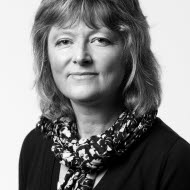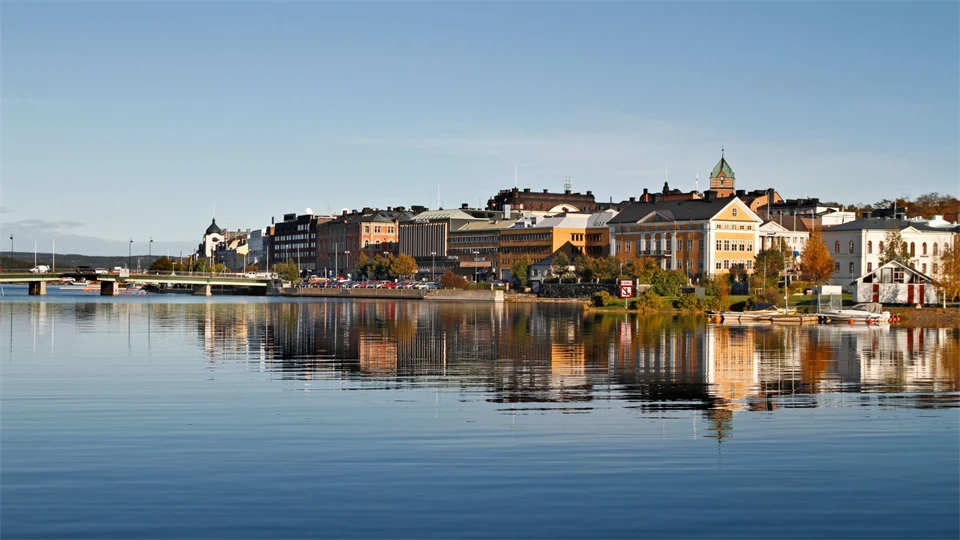From current situation to new situation: Attractiveness as a basis for regional development in Härnösand municipality
The project "From current to new location: Attractiveness as a basis for regional development" aims to study factors that affect the attractiveness of places and thus give the municipality improved opportunities to shape new locations based on specific conditions and needs.
For a long number of years, Västernorrland has had a weak economic development and a stagnating/declining population, but is now facing a revolutionary wave of industrialization and transition. This means both problems and opportunities.
Based on overarching and delimited research questions, the project aims to provide research-based knowledge that can contribute to regional development and attractiveness through increased theoretical understanding and practical advice regarding obstacles and opportunities for skills supply, business expansions, establishments and growth in a municipal context. For the participating municipality – in this case Härnösand – empirical studies are included based on its municipality specific conditions.
Background
In Härnösand, work is being done on the place brand based on the municipality's growth strategy to get people to want to live, live and work in the place. Some current issues are why young people leave the municipality, why many immigrants do not stay and what makes them not find it attractive enough to stay.
In Härnösand, there is, among other things, a growing IT cluster and the energy technology arena has begun to bring together companies in the green transition. In order to be able to grow in terms of population and thereby both retain companies and attract new businesses, including linked to energy, technology and circular solutions, efforts are required to get people to move to Härnösand or return home. Here, skills supply, talent attraction, career paths and ambassador networks are important pieces of the puzzle.
In Härnösand, there are companies in the green transition and companies with new innovative solutions, for example around circular farming, food production and solar energy, as well as companies linked to the tourism industry. Representatives of these companies can act as ambassadors, create faith in the future and inspire further new establishments within the municipality. As a government city, Härnösand also has many public sector employers, and it is important for the region that these can strengthen the business community.
The study is expected to provide insights that can contribute to the theoretical understanding of the attractiveness of places and how it can be developed in different ways. Expected practical results are also that Härnösand municipality will gain increased knowledge about the attractiveness of places and access to a general model and working methods for growth-promoting network collaborations with a focus on increased attractiveness as a basis for skills supply. business expansions, establishments and growth.
Dissemination
The intention is to create arenas for the exchange of experience and knowledge development in the form of workshops based on the project's issues. The themes covered will cover both general and municipality-specific issues and the conversations can be a starting point for future collaborations.
Mid Sweden University's participating researchers will present scientific contributions at a conference and publish a research article. In addition to this, the ambition is to write a popular science chapter for a future anthology. Popular science presentations, for example in connection with CER's research forum, are also possible to carry out.
Project organization
The project is funded by Mid Sweden University's municipal collaboration agreement and is coordinated by researchers from the Centre for Research on Economic Relations (CER) and CERUM at Umeå University. Representatives from the municipality concerned also participate.
Project leader

Project members

